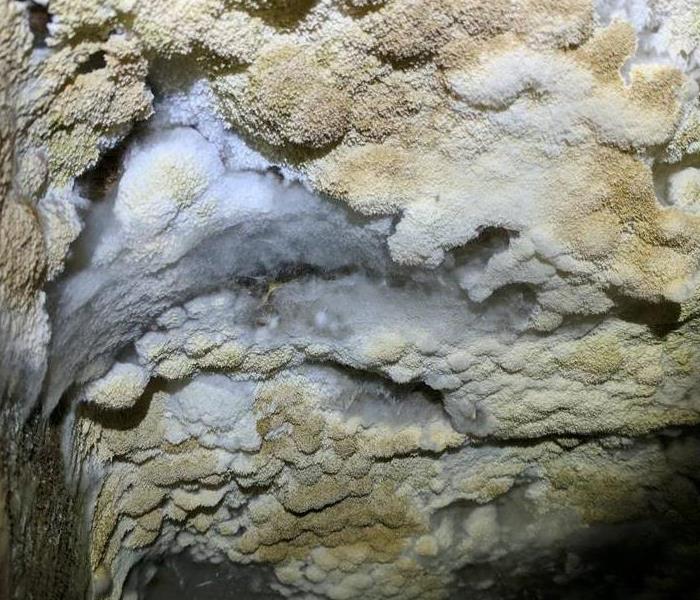Preventing Mold Growth
9/6/2017 (Permalink)
Hurricane season is officially upon us and the potential damage that storms can leave behind is limitless. For some properties, the severe weather will result in water damage, caused by flooding. In an effort to help homeowners recover, the National Air Duct Cleaners Association (NADCA) is offering tips about restoring damaged HVAC systems and avoiding mold growth when flooding occurs.
According to the American Red Cross, floods are the most frequent and costly natural disasters. When flooding occurs, homes are prone to extreme water damage and in many cases, mold.
NADCA recommends hiring a certified contractor to inspect potentially damaged air handling systems when flooding occurs. It’s almost impossible to avoid the effects of natural disasters. Water damage and flooding are sometimes unavoidable when natural disasters hit, but consulting with a NADCA-certified contractor after a disaster will help homeowners determine next steps.
NADCA urges these individuals to consider the following, to help prolong the longevity of their air handling unit and avoid mold contamination:
- Use dehumidifiers to dry out the structure of the home effected. This will help keep the humidity low and the ventilation system dry.
- If the electric is still working, turn it off to avoid damaging your HVAC system.
- If sheetrock and insulation appears extremely wet, remove it as soon as possible. If left untouched, this can be a food source for growing mold.
- If you suspect the water damage in your home has resulted in mold growth, be sure to wear a respirator to protect yourself whenever you are in the infected area.






 24/7 Emergency Service
24/7 Emergency Service